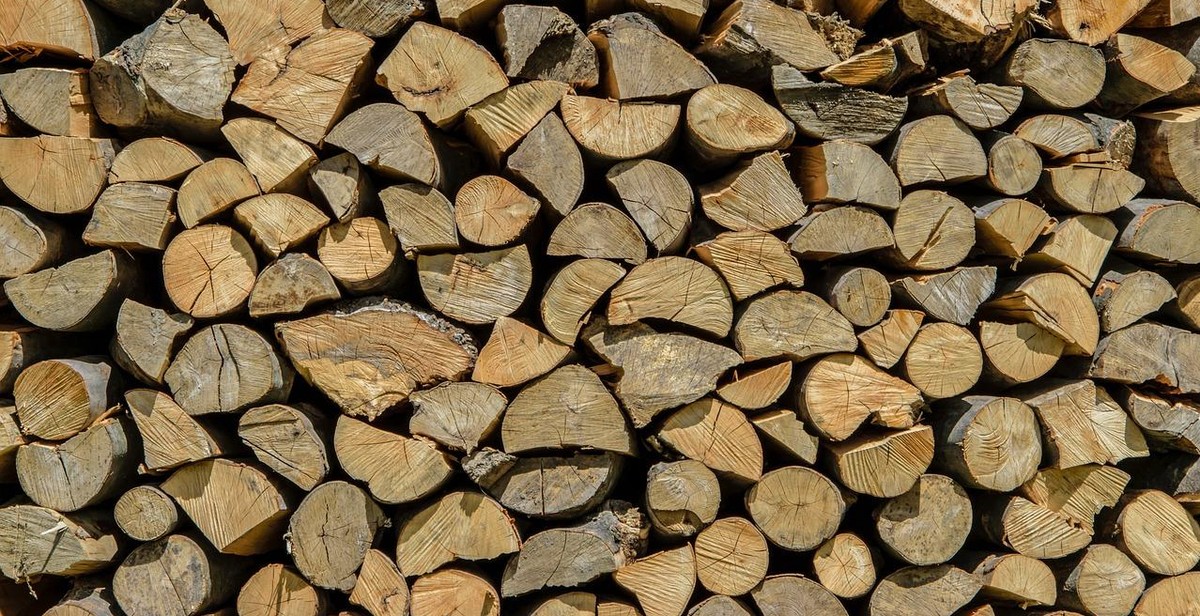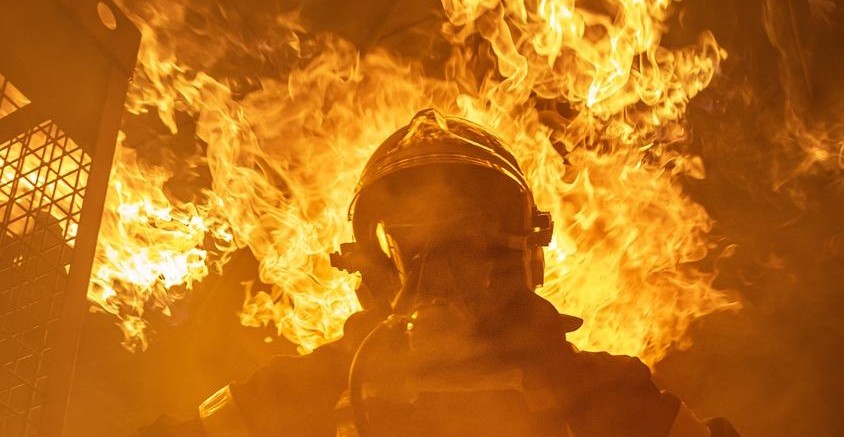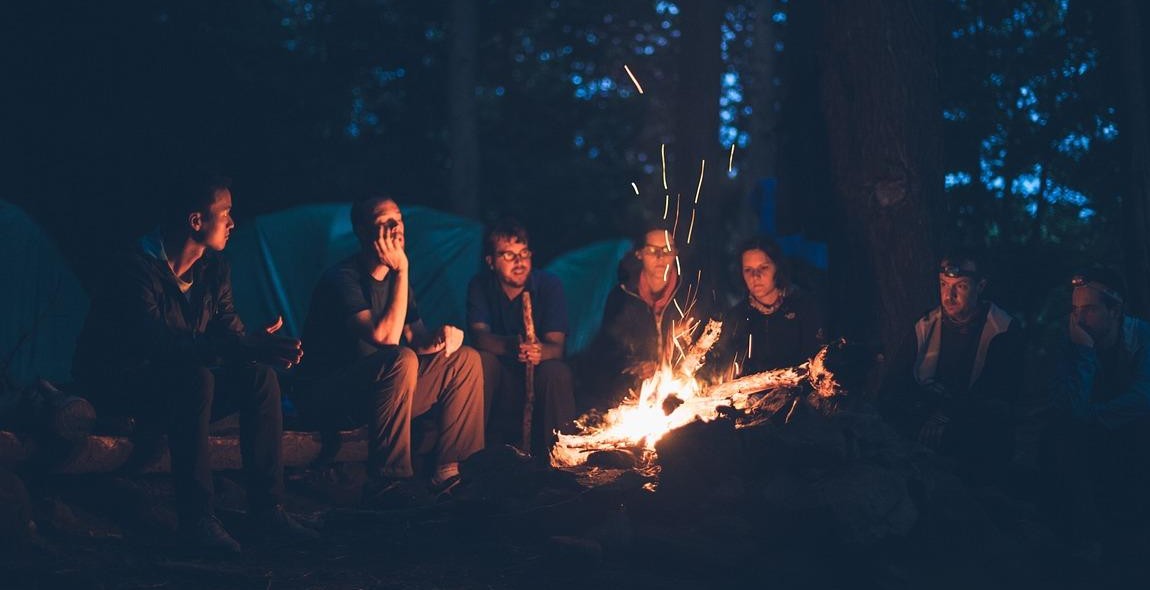How to Build a Campfire: Step-by-Step Guide for Safe and Enjoyable Fires
There’s nothing quite like gathering around a campfire to share stories, roast marshmallows, and enjoy the great outdoors. However, building a campfire is not as simple as throwing some wood together and lighting a match. It requires careful planning, attention to detail, and a few key safety tips to ensure a safe and enjoyable experience.
The Importance of Building a Safe Campfire
Before we dive into the step-by-step guide, it’s important to understand why building a safe campfire is so crucial. Uncontrolled fires can cause significant damage to the environment, endanger wildlife, and even threaten human lives. By following these guidelines, you can minimize the risk of starting a wildfire and ensure that your campfire stays contained and controlled.
Step-by-Step Guide to Building a Campfire
Follow these steps to build a campfire that is safe, enjoyable, and leaves no trace:
- Choose a safe location
- Gather your materials
- Prepare the fire pit
- Build the fire
- Maintain the fire
- Extinguish the fire
By following these steps, you can ensure that your campfire is a safe and enjoyable experience for everyone involved.
Choosing the Right Location
When it comes to building a campfire, choosing the right location is crucial for the safety and enjoyment of your fire. Here are some important factors to consider:
Consider the Surroundings
Look around and assess the area where you plan to build your campfire. Make sure there are no low-hanging branches, dry grass, or other flammable materials nearby. Keep a safe distance from tents, cars, and other structures. Also, be mindful of the wind direction and choose a spot that is sheltered from strong gusts.
Check for Any Fire Restrictions
Before you start your fire, check for any fire restrictions in the area. Some parks and campgrounds may have specific rules or bans on campfires during certain times of the year or in certain areas. It’s important to follow these regulations to avoid starting a wildfire or getting fined.
Clear the Area Around the Fire Pit
Clear the area around the fire pit of any debris, including leaves, twigs, and rocks. Dig a shallow pit in the ground and surround it with rocks or a metal fire ring to contain the fire. Make sure the pit is at least 15 feet away from any trees or other flammable objects.
- Choose a spot away from low-hanging branches, dry grass, and other flammable materials.
- Check for any fire restrictions in the area before starting your fire.
- Clear the area around the fire pit of any debris and dig a shallow pit in the ground.
By taking these precautions, you can ensure a safe and enjoyable campfire experience for yourself and others.

Gathering the Right Materials
Before starting a campfire, it’s crucial to gather the right materials to ensure a safe and enjoyable fire. The three main materials needed are firewood, kindling, and tinder.
Firewood
Firewood is the main fuel source for a campfire. It’s important to use dry, seasoned wood to ensure a clean and efficient burn. Green or wet wood can create excessive smoke and cause the fire to smolder. Look for dead standing trees or fallen branches on the ground. Avoid using live trees or cutting down branches from live trees as it can damage the environment and ecosystem.
Kindling
Kindling is small, dry sticks or twigs that are used to start the fire. It’s essential to have a good amount of kindling to get the fire going. Look for dry twigs and sticks that are no thicker than a pencil. Gather enough kindling to build a small teepee shape structure in the fire pit.
Tinder
Tinder is the material that ignites the kindling. It’s important to use a highly flammable material to start the fire quickly. Dry leaves, pine needles, and bark make excellent tinder. Alternatively, you can use commercial fire starters or cotton balls soaked in petroleum jelly.
| Material | Description |
|---|---|
| Twigs and Small Branches | Small sticks and branches no thicker than a pencil. |
| Dead Leaves and Pine Needles | Dry, highly flammable materials that make excellent tinder. |
| Bark | Dry bark from trees can also be used as tinder. |
| Commercial Fire Starters | Pre-made fire starters that can be purchased at outdoor stores. |

Building the Fire
Now that you have gathered your materials, it’s time to start building the fire. Follow these three simple steps to create a safe and enjoyable campfire:
Lay the Foundation
The first step in building a fire is to lay the foundation. Find a clear spot and clear it of any leaves, twigs, or other combustible materials. This will help prevent the fire from spreading beyond the intended area. Use rocks to create a circle or square around the area to contain the fire.
Create the Teepee
Once you have a clear spot, it’s time to start building the teepee. Gather small sticks and twigs and lean them against each other in a teepee shape, leaving a small opening at the bottom for kindling. Make sure the teepee is stable and won’t collapse once you start adding larger pieces of wood.
Light the Fire
Now that you have the foundation and teepee in place, it’s time to light the fire. Use a lighter or matches to light the kindling at the base of the teepee. As the kindling catches fire, gradually add larger pieces of wood to keep the fire going. Remember to never leave the fire unattended and to always keep a bucket of water nearby in case of emergency.
Following these simple steps will help you build a safe and enjoyable campfire. Now sit back, relax, and enjoy the warmth and ambiance of your very own campfire.
Maintaining the Fire
Building a campfire is just the first step. To keep your fire going, you need to take care of it properly. Here are some tips for maintaining your campfire:
Add more wood as needed
As your fire burns, it will consume the wood you’ve added. To keep the fire going, you’ll need to add more wood. Make sure you have enough wood on hand before you start your fire. You don’t want to have to go looking for more wood in the middle of the night.
Adjust the airflow
The amount of air flowing into your fire can affect how it burns. If your fire is burning too hot, you can adjust the airflow by blowing on it gently or by using a tool like a bellows. If your fire is burning too low, you can adjust the airflow by adding more kindling or by rearranging the logs.
Keep a safe distance
It’s important to keep a safe distance from your campfire. Make sure you set up your fire in a safe location, away from trees, bushes, and other flammable objects. Don’t sit too close to the fire, and don’t let children or pets play too close to the fire either.
By following these tips, you can maintain a safe and enjoyable campfire. Remember to always be vigilant and keep an eye on your fire at all times.
Extinguishing the Fire
Before leaving your campsite, it is essential to extinguish the fire completely. Leaving a fire unattended or not putting it out properly can lead to wildfires, which can cause severe damage to the environment and put lives at risk.
Use water to put out the fire
The most effective way to extinguish a fire is by pouring water over it. Use a bucket or a water bottle to pour water over the fire, making sure to cover all the embers. Keep pouring until you no longer hear any hissing or sizzling sounds, which indicates that the fire is completely out.
Stir the ashes
Once you have poured water over the fire, use a shovel or a stick to stir the ashes. This will help to expose any remaining hot spots that may still be burning. Make sure to stir the ashes thoroughly, so that you can be sure that the fire is out.
Repeat if necessary
If you are unsure whether the fire is completely out, repeat the process of pouring water over the fire and stirring the ashes. It is better to be safe than sorry when it comes to extinguishing a fire.
| Do: | Don’t: |
|---|---|
|
|
By following these simple steps, you can ensure that your campfire is safely and completely extinguished. Remember to always be responsible when building a fire, and to leave your campsite cleaner than you found it.

Conclusion
Building a campfire can be a fun and enjoyable experience, but it is important to do it safely and responsibly. By following the step-by-step guide outlined in this article, you can ensure that your fire is safe, efficient, and enjoyable for all.
Remember these important tips:
- Choose a safe location for your fire
- Gather the right materials, including tinder, kindling, and fuel
- Build your fire in a way that allows for proper airflow
- Never leave your fire unattended
- Extinguish your fire completely before leaving
By keeping these tips in mind and using the proper techniques, you can enjoy a safe and enjoyable campfire experience. Whether you’re camping with friends, enjoying a backyard fire pit, or just roasting marshmallows with your family, building a campfire can be a great way to relax and unwind.
So next time you’re planning a camping trip or backyard barbecue, don’t forget to build a campfire. With the right preparation and precautions, it can be a highlight of your outdoor experience.
